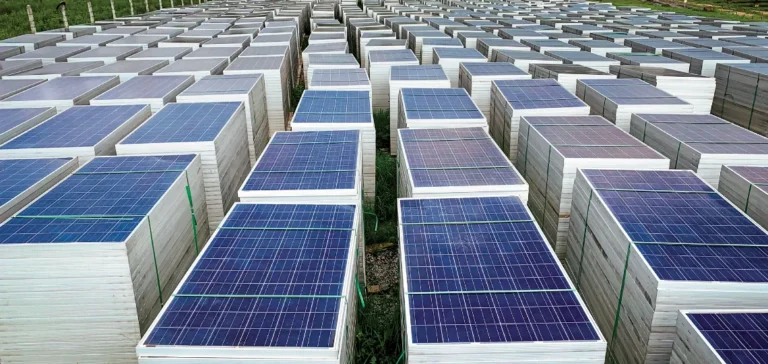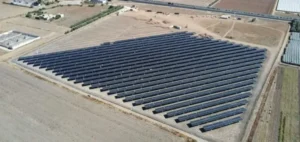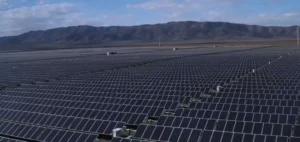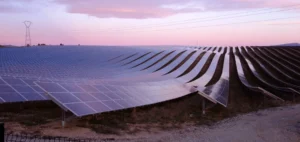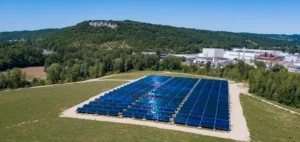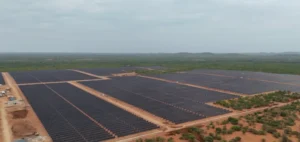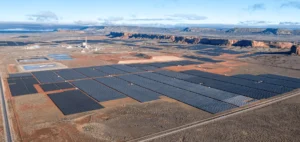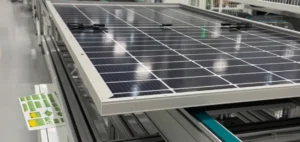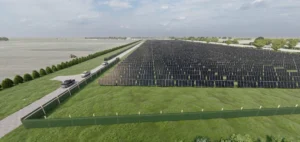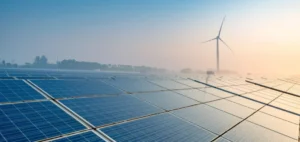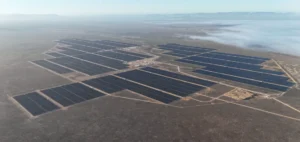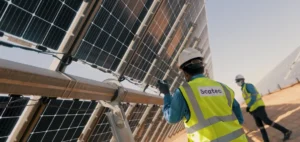The global photovoltaic panel recycling industry is experiencing significant growth due to the rapidly increasing volume of solar panels reaching expiration. According to a recent report published by the market research firm The Research Insights, the size of this market is projected to increase from $384.4mn in 2025 to $548mn in 2030, achieving an average annual growth rate (CAGR) of 7.4% over the forecast period.
Increase in photovoltaic waste volume
This expected rise is directly linked to the growing number of photovoltaic (PV) panels reaching their operational end-of-life, generally estimated between 25 and 30 years. According to estimates from the International Renewable Energy Agency (IRENA), up to 78mn tonnes of photovoltaic waste could accumulate globally by 2050. Efficient management of this waste has become a logistical, environmental, and regulatory priority for major producing and consuming countries.
Strengthened international regulations
Given the increasing scale of this issue, various regions are implementing strict regulatory frameworks to ensure appropriate treatment. The European Union notably applies the Waste Electrical and Electronic Equipment (WEEE) directive, legally classifying solar panels as electronic waste. Manufacturers must therefore finance their collection and recycling. Similar measures are emerging in the United States, notably in California and Washington State, as well as in Asian countries such as Japan, India, and South Korea.
Valuation of strategic materials
Recycling photovoltaic panels allows the recovery of strategic materials such as purified silicon, silver, aluminium, and glass, the extraction and processing costs of which remain high. This recovery reduces dependency on new mining resources and supports a circular economy approach promoted by numerous companies and public authorities.
The report by The Research Insights specifies that mechanical recycling techniques currently dominate the market, accounting for approximately 59.6% of global photovoltaic panel recycling operations in 2024.
Uneven geographic expansion
Europe is the leading region for photovoltaic recycling, holding 39.5% of the global market in 2024, mainly due to stringent environmental policies. Meanwhile, North America and the Asia-Pacific region are expected to see significant growth in their activities in the coming years, supported by rapid expansion of solar installations and stringent environmental policies.
These data, combined with increasing investments in dedicated infrastructures, could generate particular interest among energy sector professionals for this emerging market, essential to the future of photovoltaic resources.


